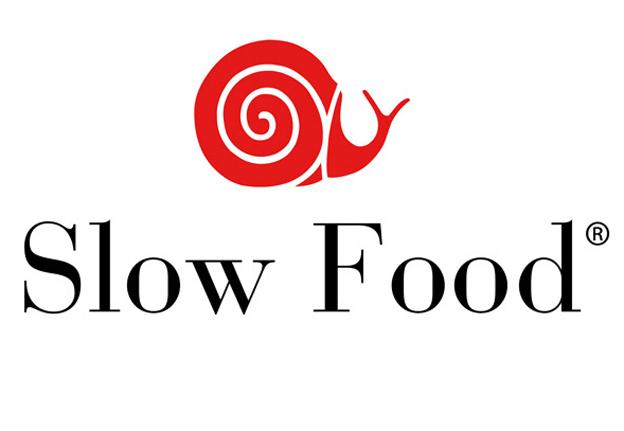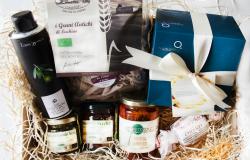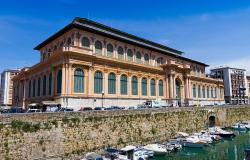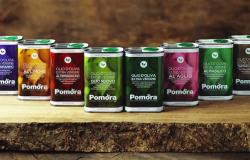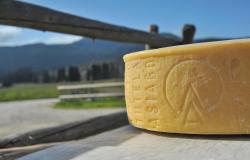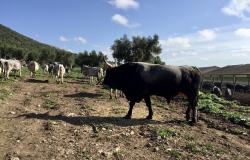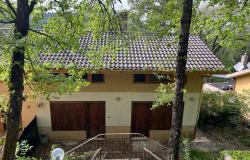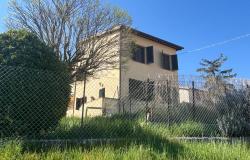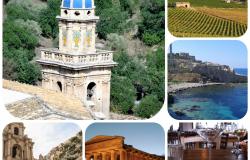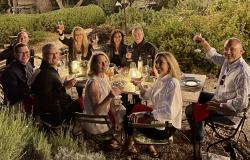Elegantly prepared food using local ingredients that eaters love to eat but are also good for them . . . it may just sound like an expensive restaurant, but it's actually the epitome of Slow Food.
At a recent dinner organised by the Slow Food Organisation, guests enjoyed a famous handmade praline bacon paired with egg custard cups and artisan black-walnut-flavoured beer during cocktail hour, followed by a first course of responsibly harvested seafood arranged with beet chips, a beet marshmallow, and edible flower garnish. For dessert, the chef turned rhubarb into chips and sweet peas into ice cream.
Throughout the evening, sustainable wines paired perfectly with elements like "pecan soil" and "whipped honey", which seemed to come straight out of a molecular gastronomy book, but were all created from products from farms no more than 50km away.

The Rise of Slow Food
Like quinoa, juice diets, or Splenda, Slow Food seemed like the latest food fad when people around the world first started hearing about it. But in Italy, the movement has a long and deeply rooted history.
As an organisation, Slow Food was initially founded in 1986 as Arcigola, a group united by the desire to keep McDonald's away from the Spanish Steps in Rome. During the next three years, Slow Food's founder Carlo Petrini worked with others concerned about how industrial food was negatively affecting their lives to write the "Manifesto of the International Slow Food Movement". Fifteen countries immediately signed on to the project. Today the organisation has over 100,000 members.

But many people ask why Bra, a relatively unknown Italian town with fewer than 30.000 inhabitants, is the centre of this explosive global movement. The answer lies in Italian culture. Though you do still find McDonald’s in Italy, there are many other global fast food chains you won't see, Starbucks and Dunkin Donuts chief among them. Italian culture resists the values that underlie these institutions.
Bra's location in Piedmont, a region known for so many of the exquisitely and slowly produced foods that Italy is internationally famous for, could not fit Slow Food's mission any better. In Piedmont, pigs still sniff for truffles, beef cattle still live outside and eat food that grows, and cheese ages naturally. Despite today's industrialised food culture, these products still have massive appeal around the world. In Bra, like the whole of the Slow Food movement, they prove that attentive, caring food production and food products of undeniable quality go hand in hand.

Why is it "Slow"?
Slow Food started as an alternative to fast food, a different, healthier, more lifestyle-oriented choice. And many of the important aspects of the movement—opposition to industrial food, appropriately slow and artisanal production of food, and time to enjoy consumption of food—stand in stark contrast to the realities of the fast food industry. But "slow" food is much more than a protest against "fast" food.
Slow Food's vision is "a world in which all people can access and enjoy food that is good for them, good for those who grow it and good for the planet". Slow Food is not meant to be a choice for a discerning few who are knowledgeable about how food should be grown and how it should taste. The Slow Food movement posits that everyone is entitled to that knowledge, that there needs to be more nutritious food available, and that it is possible for sustainable production to serve the whole world.
With such a vast but incredibly encouraging and positive vision for the future, it's no wonder that the Slow Food movement has caught on as quickly and as widely as it has.

The Slow Food Network
One of the most important parts of the Slow Food movement is its network of 2,000 food communities in 150 countries. These communities of food producers are committed not only to small-scale, sustainable food production, but also production of quality food products.
While these producers support their local communities with good food, the global Slow Food organisation supports the producers by lobbying against genetically modified foods and the use of pesticides and facilitating access to resources needed for small-scale production, such as legally certified slaughterhouses and other food preparation spaces.
Slow Food chapters and offices maintain lists of the producers in their area who belong to these networks, which can revolve either around shared geography or similar products.

How to Get Involved
Worldwide, over 1,300 Slow Food chapters or convivia provide opportunities to learn about where food comes from, what it should taste like, and how to enjoy it. Convivia organise events ranging in scale from intimate dinners and talks to film festivals and conferences. With convivial scattered around the world from Antarctica to Azerbaijan and the Seychelles to the Sahara desert, you'll likely find one near you, but if not, the organisation has tools to help you start one.
If you are looking to dive in even deeper, the global Slow Food organization sponsors several major initiatives. The University of Gastronomic Sciences—a collaborative effort by the Slow Food Organisation, the region of Piedmont, and the region of Emilia-Romagna—offers graduate degrees in the promotion and management of gastronomic patrimony. The more-than-15-year-old worldwide project, the Ark of Taste identifies and catalogues foods that have been forgotten or endangered by modern food production or environmental degradation.
Want to taste for yourself what Slow Food products are like? Buy 'Slow Food Farm to Table' box from Eataly. Makes for a wonderful present for the coscientious food lover in your life too!
